
- By Theme
-
Destinations
-
Indian Destinations
-
International Destinations
-
- Best Places to Visit
- Packages
- Search Agents

Tiger reserves in India (Tiger conservation in India) play a crucial role in protecting not just tigers but entire ecosystems. These protected areas serve as havens for countless species of flora and fauna, maintaining the delicate balance of nature. Each reserve offers unique landscapes, from dense sal and teak forests to open grasslands, riverine habitats, wetlands, and even mangrove ecosystems, like those in the Sundarbans.
Beyond conserving the majestic Bengal tiger, these reserves are home to leopards, elephants, deer, sloth bears, wild dogs, crocodiles, and a wide range of birds, reptiles, and insects. They also support vital ecological functions such as water conservation, carbon sequestration, and soil protection.
By preserving these habitats, tiger reserves help mitigate the effects of climate change and ensure the availability of natural resources for nearby communities. They also offer educational and eco-tourism opportunities, which raise awareness and generate local employment.
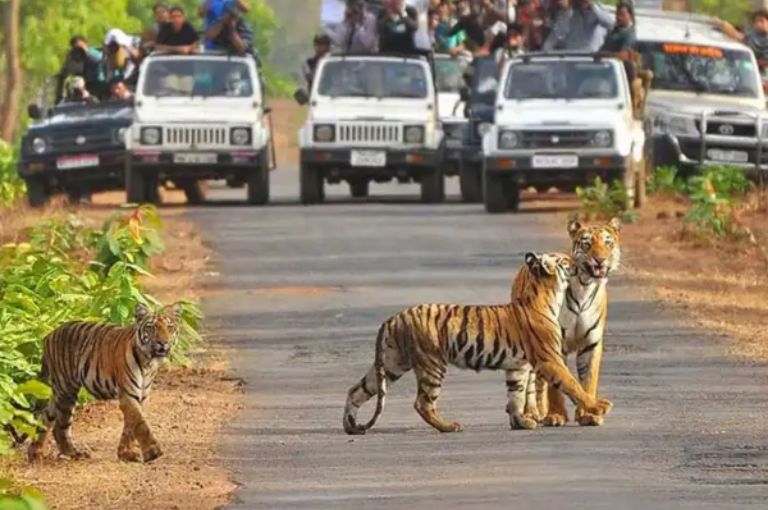
Jim Corbett National Park ramnagar uttarakhand holds the distinction of being India's oldest national park and the first tiger sanctuary in India established under Project Tiger in 1973. Located in the Nainital district of Uttarakhand, this park spans over 520 square kilometers and is renowned for its diverse wildlife population.
The park offers excellent safari opportunities with its varied terrain of hills, riverine belts, marshy depressions, and grasslands. Visitors can spot not only tigers but also elephants, leopards, and over 600 bird species. The park's proximity to Ramnagar makes it easily accessible for wildlife enthusiasts.
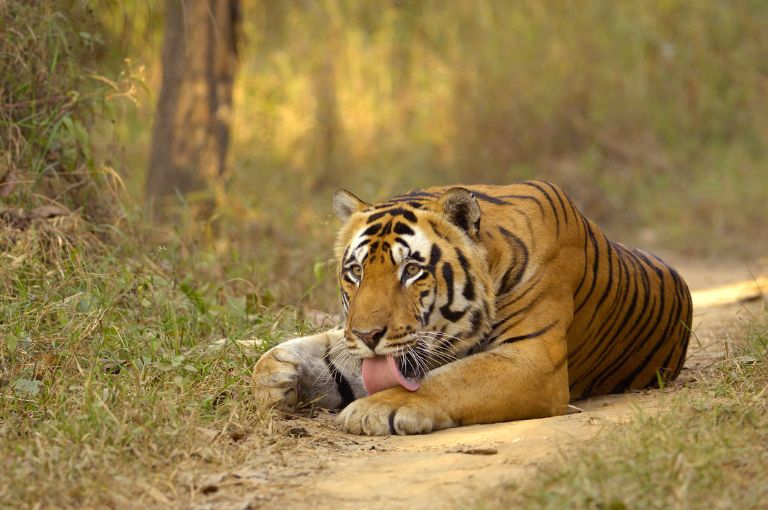
Kanha tiger reserve, located in Madhya Pradesh, is arguably one of India's most beautiful national parks. Spanning over 940 square kilometers, this reserve inspired Rudyard Kipling's famous "The Jungle Book." Kanha national park safari experiences are considered among the best in India due to the park's well-maintained roads and excellent tiger sightings.
The reserve is famous for its successful conservation of the barasingha (swamp deer) and offers visitors a chance to see tigers in their natural habitat across meadows, streams, and dense forests.
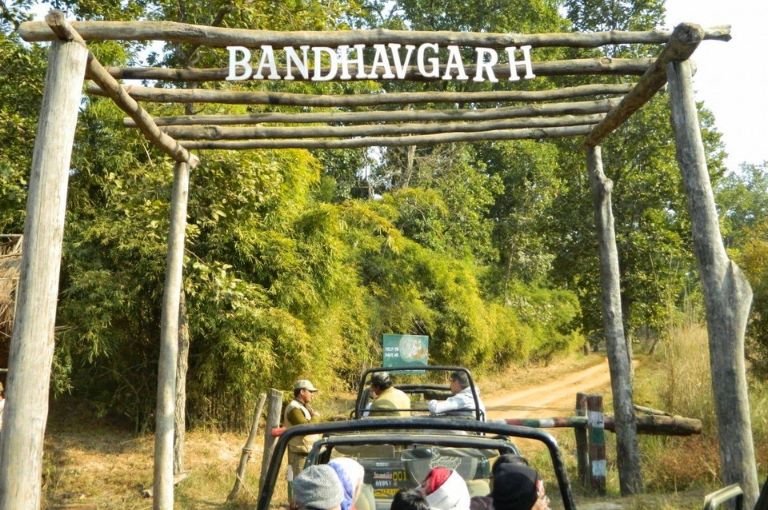
Bandhavgarh national park in MP boasts the highest density of tigers in India, making it one of the most successful tiger reserves in the country. Located in the Umaria district of Madhya Pradesh, this 448 square kilometer park is built around a hilltop fort that gives the park its name.
The park's relatively small size and high tiger population make it an excellent destination for tiger sightings. The ancient caves and fort ruins add historical significance to the wildlife experience.

Pench jungle safari opportunities exist in both Madhya Pradesh and Maharashtra, as this reserve spans across both states. The park covers 758 square kilometers and is another inspiration for "The Jungle Book." Pench Nagpur region offers excellent safari experiences with its deciduous forests and meandering Pench River.
The reserve is known for its rich biodiversity and offers visitors chances to spot tigers, leopards, wild dogs, and numerous bird species. The park's landscape of teak forests and bamboo groves creates perfect tiger habitat.
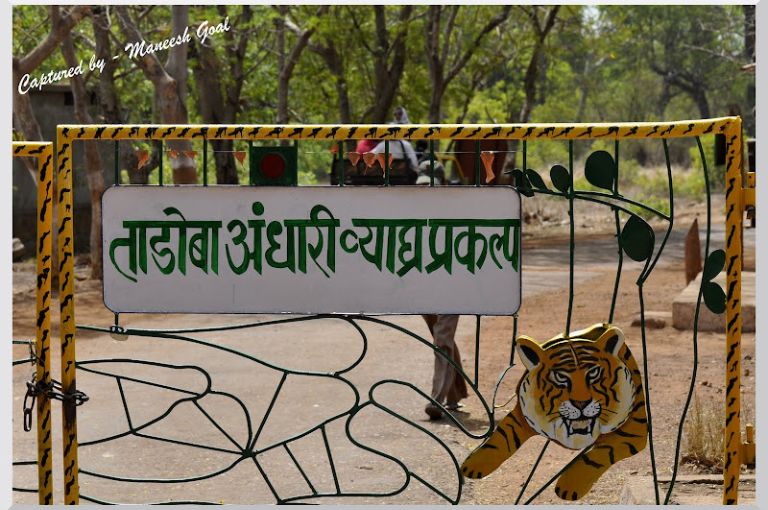
Tadoba Nagpur, officially known as Tadoba-Andhari Tiger Reserve, is Maharashtra's oldest national park. Chandrapur Tadoba national park covers 625 square kilometers and is famous for its thriving tiger population and excellent wildlife viewing opportunities.
The reserve is known for its large tigers and successful breeding programs. The park's diverse landscape includes dense forests, open grasslands, and water bodies, making it ideal for various wildlife species.
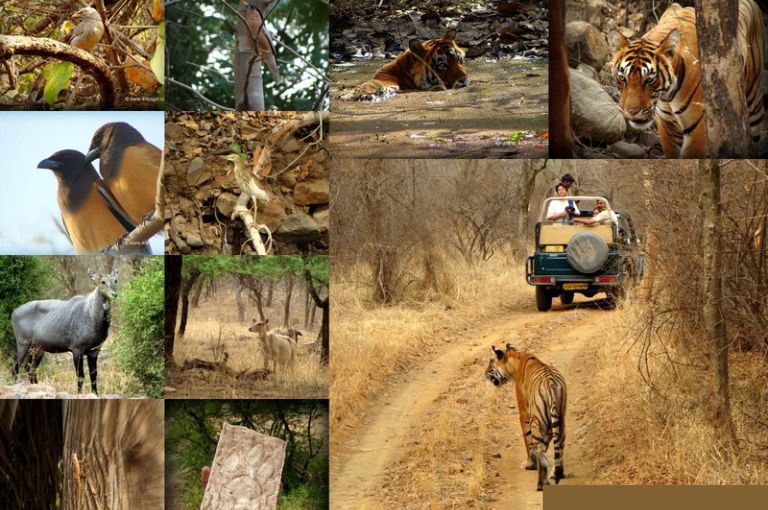
Ranthambore National Park, Rajasthan is one of the best national parks in India to see tigers, renowned for its historical significance and exceptional tiger sightings. Spanning 392 square kilometers, the park is famed for the majestic 10th-century fort ruins scattered throughout its rugged terrain.
Ranthambore's unique landscape—comprising dry deciduous forests, open grasslands, rocky hills, and ancient structures—creates a dramatic and photogenic setting for wildlife enthusiasts and photographers alike. Many of India's most iconic and well-documented tigers, such as the legendary Machli, have called Ranthambore home, further elevating its status among wildlife destinations. Whether you're a nature lover, a photographer, or simply seeking a thrilling jungle adventure, Ranthambore remains a must-visit for anyone wanting to witness the Royal Bengal Tiger in its natural habitat.

Sariska national park in Rajasthan represents one of India's greatest conservation success stories. After tigers became locally extinct in the early 2000s, the park successfully reintroduced tigers from Ranthambore. Today, Sariska is home to a growing tiger population across its 866 square kilometers.
The reserve's landscape of dry deciduous forests, grasslands, and rocky hills provides excellent habitat for tigers and other wildlife species.
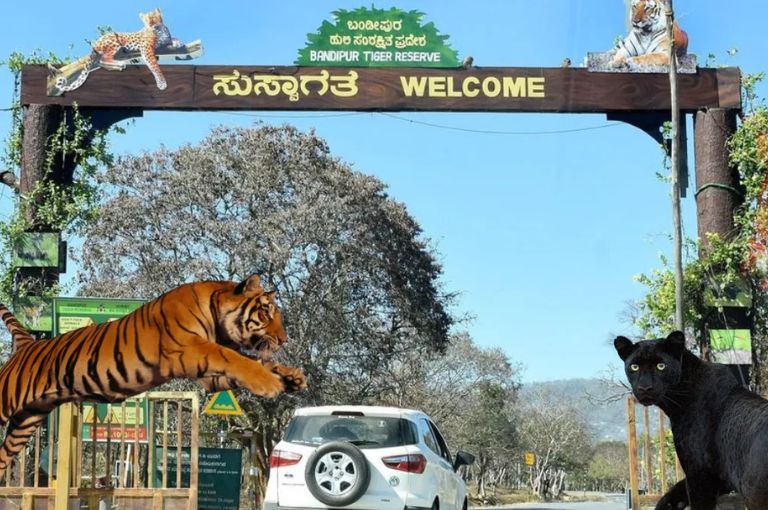
Bandipur national park, bandipur forest karnataka, is one of South India's most significant tiger reserves. Covering 874 square kilometers, this park is part of the larger Nilgiri Biosphere Reserve and connects with several other protected areas.
The park's deciduous forests and grasslands provide excellent tiger habitat, and it's known for its successful elephant and tiger conservation programs. The park offers excellent safari opportunities with good chances of tiger sightings.
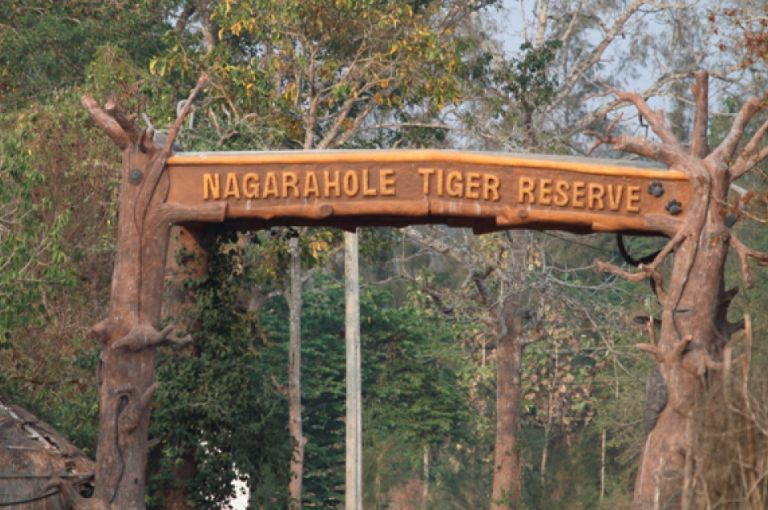
Nagarahole tiger reserve karnataka, also known as Rajiv Gandhi National Park, covers 643 square kilometers of lush forests and grasslands. The park is famous for its high density of wildlife and excellent tiger population.
The reserve's landscape of tropical forests, streams, and valleys creates ideal conditions for tigers and other wildlife. The park is particularly known for its large elephant herds and successful tiger conservation efforts.

Periyar tiger reserve in Kerala is unique among India's tiger reserves due to its location around Periyar Lake. This 925 square kilometer reserve is known for its scenic beauty and diverse wildlife population.
While tiger sightings are less common due to the dense forest cover, the reserve offers excellent opportunities to see elephants, bison, and various bird species. The park's boat safaris on Periyar Lake provide a unique wildlife viewing experience.
The biggest tiger reserve in India is actually a matter of definition. By area, the Sundarbans National Park in West Bengal is the largest, covering over 2,585 square kilometers. However, if we consider the total tiger population, reserves like Corbett, Kaziranga, and Bandipur rank among the top.
Each reserve contributes uniquely to India's tiger conservation efforts, regardless of size. The success of these reserves lies not just in their area but in their management, conservation efforts, and ability to provide suitable habitat for tigers.
When planning visits to all tiger reserve in india, consider the following factors:
Best Time to Visit: October to June is generally the best time for tiger safaris, with March to May offering the highest chances of sightings.
Booking Requirements: Most parks require advance booking, especially during peak season. Online booking systems are available for most major reserves.
Safari Options: Most parks offer both morning and afternoon safaris, with jeep safaris being the most common option.
Accommodation: From luxury resorts to forest lodges, various accommodation options are available near most tiger reserves.
All tiger reserves in India have contributed to the remarkable recovery of India's tiger population. From approximately 1,400 tigers in the 1970s, India now houses over 2,600 tigers according to the latest tiger census.
Each reserve has its own conservation success story:
Jim Corbett's pioneering role in tiger conservation
Sariska's successful tiger reintroduction program
Kanha's barasingha conservation efforts
Bandhavgarh's high-density tiger population management
Famous tiger reserves in India continue to evolve and adapt to modern conservation challenges. Technology integration, community involvement, and scientific research are shaping the future of tiger conservation in these reserves. While climate change, human-wildlife conflict, and habitat fragmentation remain significant challenges, the unwavering dedication of forest departments, conservationists, and local communities ensures these magnificent reserves continue to thrive. For wildlife enthusiasts and eco-travelers, Jungle Safari Tour Packages offer a unique opportunity to witness majestic tigers in their natural habitat, promoting sustainable tourism while supporting conservation efforts.
Tiger reserves in India represent some of the world's most successful wildlife conservation efforts. From the historic Jim Corbett National Park ramnagar uttarakhand to the scenic Periyar tiger reserve in kerala, each reserve offers unique experiences and contributes to India's conservation legacy.
Whether you are interested in the dense forests of bandipur forest karnataka, the grasslands of Dudhwa national park uttar pradesh, or the dramatic landscapes of Ranthambore national park rajasthan, India's tiger reserves provide unforgettable wildlife experiences.
These protected areas ensure that future generations can witness the majesty of tigers in their natural habitat while supporting the complex ecosystems that make India's wildlife so remarkably diverse. To explore these incredible destinations, you can book Wildlife Tour Packages through trusted platforms like TourTravelWorld, which connect travelers with expert guides and curated safaris. Plan your visit today to experience the magic of India’s tiger reserves and contribute to their continued conservation success.